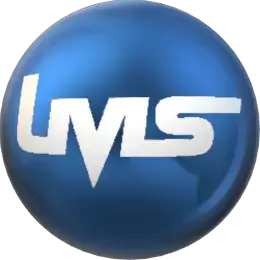What are the primary advantages of laser processing compared to traditional manufacturing methods, and why should manufacturers consider switching to laser technology?
Laser processing offers transformative advantages across multiple dimensions including precision, flexibility, efficiency, and cost-effectiveness. The technology fundamentally changes manufacturing paradigms by enabling capabilities impossible with conventional methods.
How does the non-contact nature of laser processing benefit manufacturing operations and product quality?
Non-Contact Processing Advantages
The non-contact characteristic eliminates tool wear, mechanical stress, and contamination issues common with traditional methods. Consequently, manufacturers achieve consistent quality without tool replacement costs. Additionally, this enables processing of delicate materials and complex geometries that would deform or break under mechanical contact. Furthermore, the absence of physical contact reduces maintenance requirements and extends equipment lifetime significantly.
What precision benefits does laser processing offer, and how does this impact manufacturing capabilities?
Unmatched Precision and Accuracy
Laser processing achieves micron-level precision consistently, enabling features and tolerances impossible with mechanical methods. This precision translates to higher product quality, reduced material waste, and the ability to manufacture miniaturized components. Moreover, digital control ensures perfect repeatability, eliminating human error and variation between production runs. Consequently, manufacturers can pursue more sophisticated designs and enter markets requiring extreme precision.
How does laser technology enhance manufacturing flexibility and rapid prototyping capabilities?
Enhanced Flexibility and Rapid Changeover
Laser systems enable instant design changes through software updates rather than physical tooling modifications. This flexibility drastically reduces setup times and costs for new products. Additionally, the same laser system can typically perform multiple operations—cutting, welding, marking, drilling—eliminating the need for separate specialized equipment. Therefore, manufacturers can respond faster to market changes and customer requirements while optimizing floor space utilization.
What automation and integration advantages do laser systems provide for modern manufacturing environments?
Seamless Automation Integration
Laser systems integrate naturally with robotics, vision systems, and Industry 4.0 platforms. This enables fully automated production lines with real-time monitoring and adaptive control. Furthermore, laser processing data can feed directly into quality management systems, providing traceability and process optimization insights. Consequently, manufacturers achieve higher throughput with reduced labor costs while maintaining consistent quality standards across production volumes.
What material versatility advantages does laser processing offer compared to traditional methods?
Exceptional Material Versatility
Laser technology processes an unprecedented range of materials including metals, plastics, ceramics, glass, composites, and organic materials. This versatility eliminates the need for multiple specialized processing systems. Additionally, advanced laser sources with different wavelengths can be selected to optimize processing for specific material properties. Therefore, manufacturers can diversify their capabilities and explore new material applications without significant capital investment in additional equipment.
How do the economic benefits of laser processing justify the initial investment for manufacturing operations?
Comprehensive Economic Advantages
While initial investment may be higher, laser processing delivers substantial returns through multiple channels: reduced consumable costs, lower labor requirements, minimal material waste, and decreased secondary operations. Additionally, higher processing speeds and uptime increase overall equipment effectiveness. Furthermore, the ability to handle complex premium work often opens new revenue streams. Consequently, most operations achieve return on investment within 12-24 months while building long-term competitive advantage.
